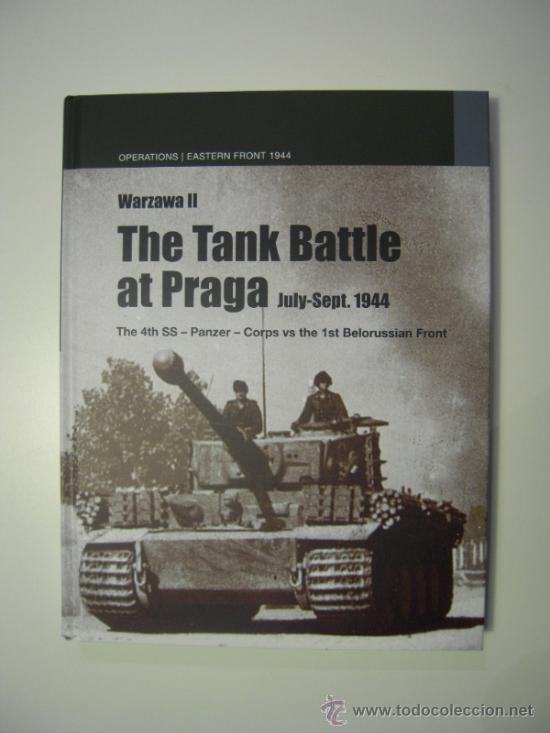

#II SS PANZER CORPS FULL#
By October 1943, the Division was upgraded to a full Panzer Division status and was renamed 9.SS-Panzer-Division “Hohenstaufen”. Thorough combat training was stressed, including defense against airborne assaults, a feature that later greatly helped this Division in the defense of Arnhem. Hohenstaufen would pass through various regions of France as they trained and mobilized. Nearly 70 percent of these recruits were 18 year old conscripts from the Reichsarbeitdienst (National Labour Service).īy February 1943, enough troops had been mobilized to move the Division from the parade grounds at Berlin-Lichterfelde to a proper training area at Mailly-le-Camp, east of Paris. Due to this shortage, the Waffen-SS forced large numbers of men to ‘volunteer’. The German armed forces had been fighting on 1 to 2 fronts for the better part of 7 years and after the massive loses suffered on the Eastern Front, there were few men of the correct ages available. The struggle at the time was actually fielding enough enlisted ranks. The cadre of officers were comprised of men from the Germanic Waffen-SS divisions and, for the most part, had been battlefield proven. With the inspiring name of “Hohenstaufen”, the organization of the Division augmented quickly.

It was a homage to one of Germany’s ancient noble families, a dynasty of the Holy Roman Empire which provided several kings and emperors between the years 11.

The designation “Hohenstaufen” was officially appointed in a Divisional Order on March 19, 1943. SS-Panzergrenadier Division “Frundsberg”. SS-Panzergrenadier Division “Hohenstaufen” and the 10. On New Year’s Eve, 1942, Adolf Hitler affirmed the creation of two new elite additions to the Waffen-SS the 9.


 0 kommentar(er)
0 kommentar(er)
